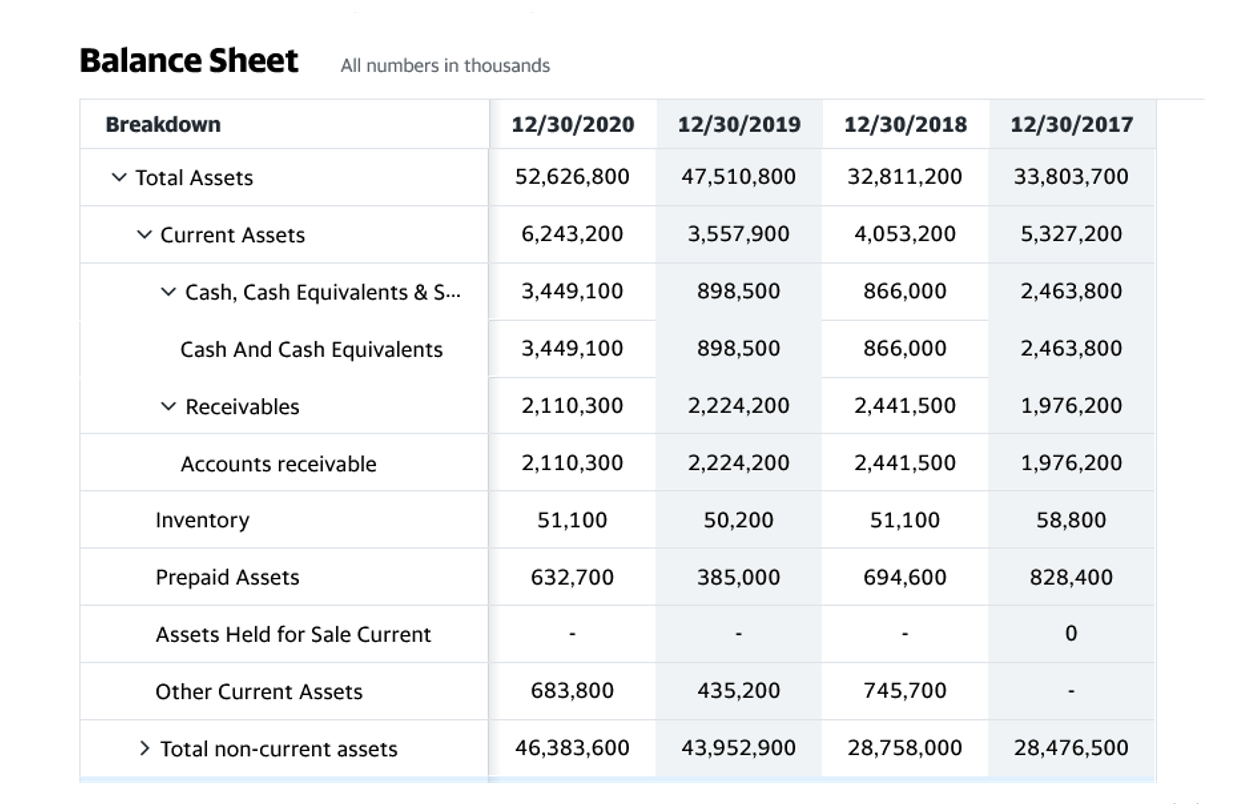
The disposal of long term assets should be carried out in a careful and controlled manner to ensure that the business realizes the best possible return on its investment. Furthermore once the sale of the fixed assets has been completed, the business must account for the proceeds from the sale in its financial statements. Generally this involves reducing the value of the fixed asset on the balance sheet and recognizing any gain or loss on the income statement.
Fixed assets on the income statement
The purpose of depreciation is to allocate the cost of a fixed or tangible asset over its useful life. The company decided to sell one of its delivery vans, which has been used for several years and is https://www.bookstime.com/articles/minimum-wage-and-overtime-pay no longer needed due to changes in business operations. If there is a gain, record it as a credit to the gain on the disposal account. If there is a loss, record it as a debit to the loss on the disposal account.

What if We Sell the Asset?

If the journal entries are incorrect, it may affect the accuracy of the balance sheet and income statement. If the disposal of fixed assets results in a gain or loss, we credit Gain on Sale of Fixed Assets or debit Loss on Sale of Fixed Assets. The gain or loss is the difference between the sales price of the assets less the book value of the fixed asset.
Sum-of-the-years depreciation
The journal entry to dispose of fixed assets affects several balance sheet accounts and one income statement account for the gain or fixed assets accounting entries loss from disposal. Removing disposed-of fixed assets from the balance sheet is an important bookkeeping task to keep the balance sheet accurate and useful. Fixed assets are the property, plant, and equipment used by an organization in its operations and generation of revenue. Due to the complexity and importance of fixed asset accounting, it’s common for entities to invest in fixed asset software to save time and improve accuracy. Many organizations choose to present capitalized assets in various asset groups. It is common to segregate fixed assets on the balance sheet by asset class, such as buildings or equipment, as separate lines on the balance sheet.
- Compared with the straight-line method, it doubles the amount of depreciation expense you can take in the first year.
- Costs such as these should be charged to the statement of profit or loss in the period that they are incurred.
- Typically financial statements present the gross fixed asset balance capitalized initially, with the accumulated depreciation to date to show the net fixed assets value at a point in time.
- Under the cost model, the carrying value of fixed assets equals their historical cost less accumulated depreciation and accumulated impairment losses.
- In a company’s books, each asset has an account, where all the financial activities related to fixed asset are recorded.
- Unlike the installment sale method for tax purposes, for bookkeeping purposes, the gain on the sale is immediately recognized—just like if the asset was sold for cash.
Unlike current assets (such as cash, inventory, or accounts receivable), fixed assets are not easily converted into cash within https://www.facebook.com/BooksTimeInc/ a short timeframe. Fixed asset accounting refers to the action of recording an entity’s financial transactions for its capital assets. For organizations reporting under US GAAP, ASC 360 is the appropriate accounting standard to follow.
- The revaluation of fixed assets helps to reflect the fair market value of volatile assets or changes to the usefulness of an asset.
- Basically the grouping of fixed assets allows common depreciation policies to be applied.
- The property originally cost $10m ($2m of which related to land) 10 years ago.
- QuickBooks Online doesn’t have dedicated features for fixed asset disposals so you need to do this manually.
- Fixed assets are characterized by their long-term nature; they are expected to provide benefits to the company for more than one accounting period, typically over a year.
